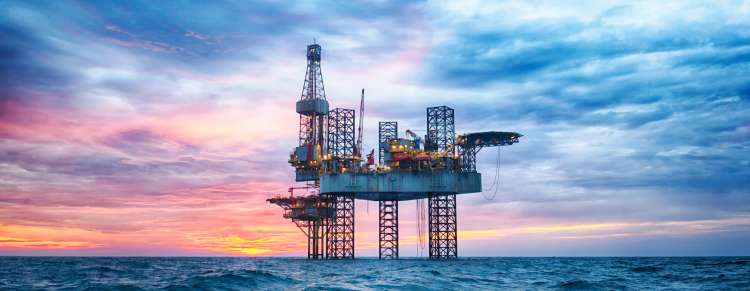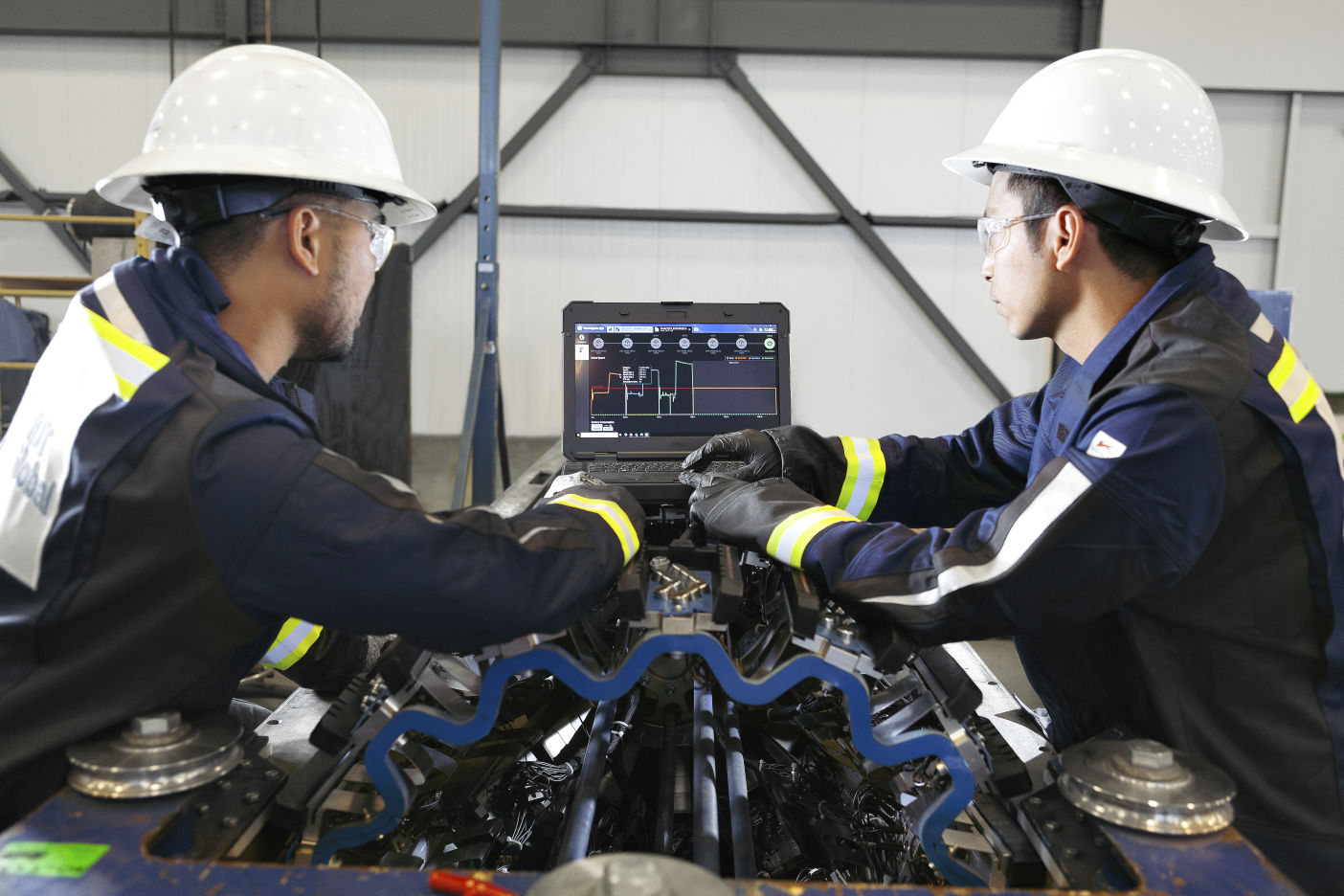In the best circumstances, pipeline integrity management requires precision, safety, and meticulous inspection techniques. But for deep water pipelines, those requirements can increase exponentially. Distance, accessibility, extreme temperatures, and environmental conditions make assessment complex and inspection even more difficult.
NDT Global is a leader in inline inspection with expertise and technology capable of handling even the deepest pipelines. By pushing the boundaries of our capabilities, we have elevated the science of inline inspection with data-driven diagnostics to ensure that deep water pipelines receive the attention they need to maintain safe, efficient operation over their lifecycle.
Unique Challenges and Engineering Solutions
The challenges of deep water pipeline integrity and inspections are unique. Moreover is the combined impact of the need for oil and gas companies to move deeper and deeper in search of new fields while encountering a much stricter and more rigid environmental and regulatory landscape.
The practical side of this reality is the physical challenges that include:
Temperature – Greater depths mean colder temperatures. This affects the performance characteristics of the pipeline material and the substance being transported. But temperature and pressure can be mitigated by the choice of materials used for specific depths. Material specifications should include considerations for tensile, brittleness, and other characteristics.
Pressure – Undersea pipelines are subjected to enormous pressure. In combination with other conditions on the seafloor, this can cause problems like propagation buckling and even failure of entire sections along the pipeline. One engineering technique used to mitigate pressure changes is the calculation of the degradation or change of heavy wall thickness. This is a simple but effective means of managing pressure, environment, and terrain, but it highlights the importance of material selection and manufacturing quality.
Environment – There are many opportunities along the length of a deep water pipeline to pass through different thermal and corrosive conditions. Facing challenges of seabed gas expulsion, mudflows, seismic activity, and more, these differences can cause issues from section to section over the pipeline run and solutions may require specific traverses, coupling enhancements, and other techniques to mitigate forces.
Terrain – Not all deep water pipelines run lying on the seabed. They may be required to traverse abyssal plains, subjecting them to rapidly changing currents, temperatures, and other shelf movement forces that can impact their integrity. Terrain and environment are interrelated. Combined with techniques like pipe-in-pipe, similar solutions for coupling and traverses may be applicable for differences in terrain.
NDT Global offers solutions tailored to support deep water pipeline management. Traditional methods like magnetic flux leakage are more challenging to utilize because sizing accuracy is reduced in heavier pipe walls. Instead, NDT Global’s ultrasonic testing offers 80% more accuracy for depth sizing.
NDT Global’s capabilities allow us to utilize ultrasonic metal loss diagnostic technology for high-resolution pitting and pinhole detection. We can customize our solutions to meet the adverse conditions of deep water pipelines.
Data-Driven Insights and Risk Management
Inspection is only part of the challenge for any system. While it establishes the “what” behind defects and problems in a pipeline, NDT Global uses data to establish baselines and deploy advanced diagnostics to address the “why” of the defect and help arrive at the “how to” in a deployable solution.
This collected data is analyzed by experienced data scientists and engineers with extensive industry experience to provide predictive insights that allow pipeline managers to control risks, initiate repairs, and plan for new pipeline expansion using the insights generated.
The Importance of Industry Collaboration
As regulation and scarcity of new resources increase, collaboration is needed among all stakeholders. This includes pipeline companies, advanced engineering teams, and market-leading technology providers such as NDT Global.
This collaboration must leverage the power of data and depth of experience to maintain existing pipelines, and extend their lifecycle while ensuring that new pipelines have the actionable insights required to deploy for new construction to meet the environmental and regulatory challenges ahead.
NDT Global provides state-of-the-art ultrasonic testing technology in systems like its ART Scan™ system for gas pipelines and its EVO system for liquid pipelines.
Combined with NDT Global’s extensive in-house experience and ability to customize solutions, deep water pipeline operators can confidently deploy inspection solutions for their infrastructure.
To discover The Power of Clarity and learn more about how NDT Global can help mitigate deep water challenges, let's talk.

